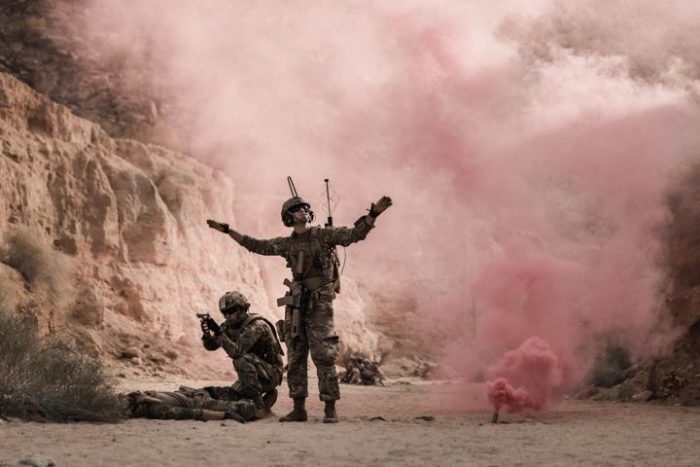
The new study “ Forensic conflict studies: Making sense of war in the social media age” by Jakob Hauter from UCL School of Slavonic and Eastern European Studies discusses how to sort out the information from the disinformation when studying conflict zones, particularly those that are far away.
The article is directed toward social science researchers looking at the causes of war, particularly those researching the use of modern information technology for the purposes of propaganda. The author argues that an approach that goes beyond an interpretivist research agenda, e.g. one that seeks to find out not only how the war is framed by different parties but one that seeks to find out about the causes using the wealth of information available online, is feasible.
The frame of the research, the example case being discussed here, is the Ukrainian conflict in Donbas. However, the methodology proposed is general in nature and usable elsewhere. The lynchpin of the method is process tracing, which is defined first.
Process tracing refers to a social science methodology which seeks to investigate cause and effect. Rather than looking at multiple variables, process tracing seeks to investigate each individual case in detail to infer how a cause brings an outcome. There are four benchmarks for rigorous process tracing research, presented here in shortened form: 1) separating empirical evidence from the theoretical causal mechanism and looking at hypotheticals, 2) looking at alternatives to the proposed mechanism, 3) wariness at taking sources at face value, evaluating the context of the source, 4) addressing uncertainty through probabilistic reasoning.
Particularly the last two benchmarks are relevant when assessing online sources. The author acknowledges that meeting all benchmarks perfectly rarely occurs, as researchers need to prioritize the ones they deem most important. He also argues that the current research has been mainly focused on the first two benchmarks, neglecting the latter two most needed in online study of conflict zones.
Social science researchers should learn from journalists and activists when it comes to digital forensic work. Open-Source Intelligence (OSINT) method such as the one employed by the investigative journalism collective Bellingcat is a source of inspiration, having many characteristics of process tracing methodology, particularly the third and the fourth benchmarks. Although OSINT research by Bellingcat has been researched, the link to process tracing has not been explicated much before.
Thus, the author argues that process tracing methodology should look at OSINT as an example and gain from it. The Bayesian aspect can be incorporated by assigning similar probability yardsticks as Professional Head of Intelligence Analysis (PHIA), widely used by UK intelligence agencies, rather than exact numerical values.
Later in the article, the author shows a case of using the proposed methodology on investigating the Ukrainian conflict, which is nor reproduced here. However, it is clear that the method has applicability beyond the Donbas case.
The article “ Forensic conflict studies: Making sense of war in the social media age” by Jakob Hauter is in Media, War & Conflict. (free access).
Picture: Untitled by Jakob Owens.
License Unsplash.